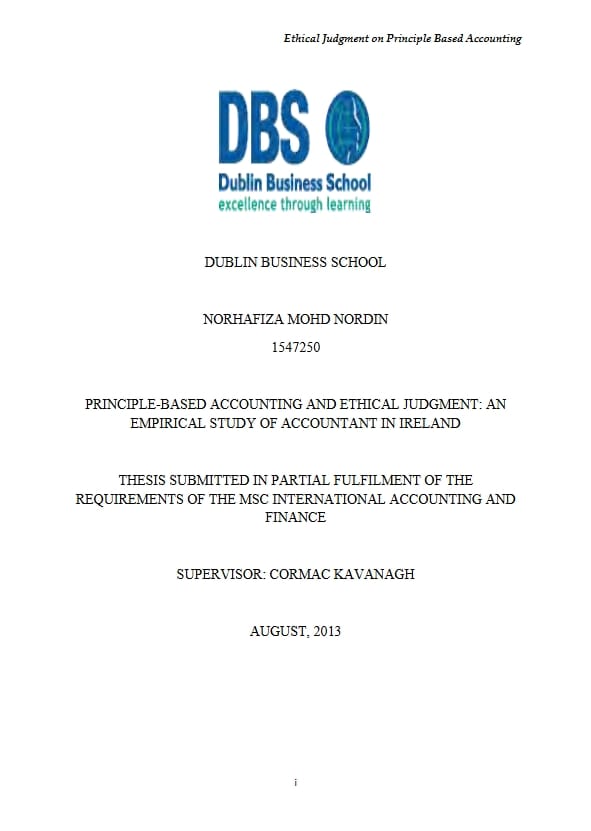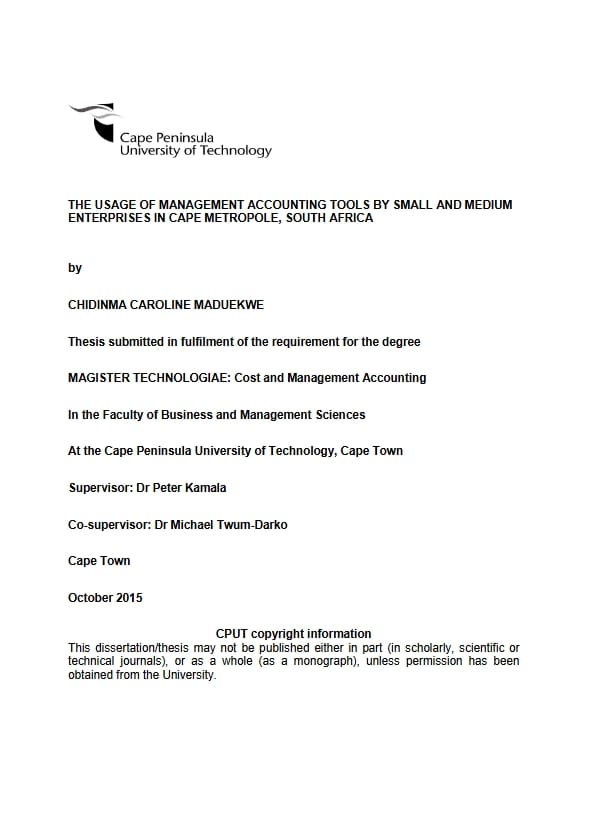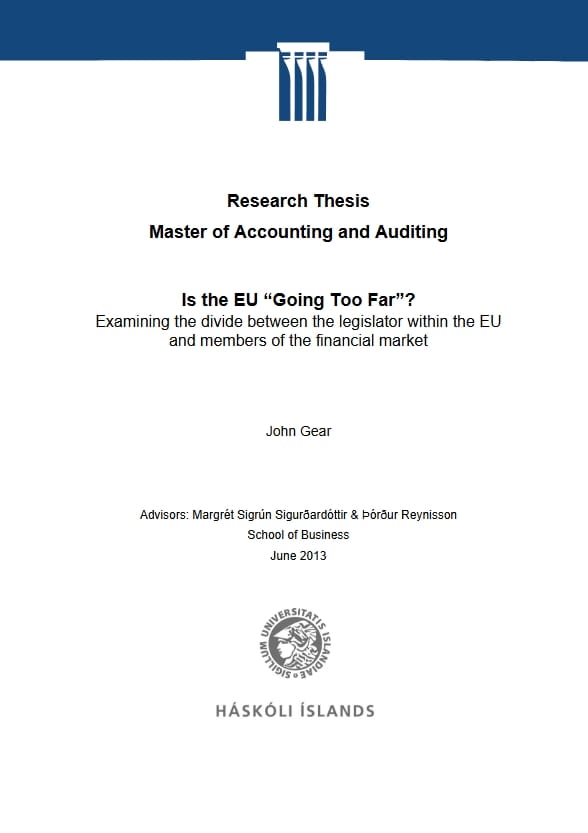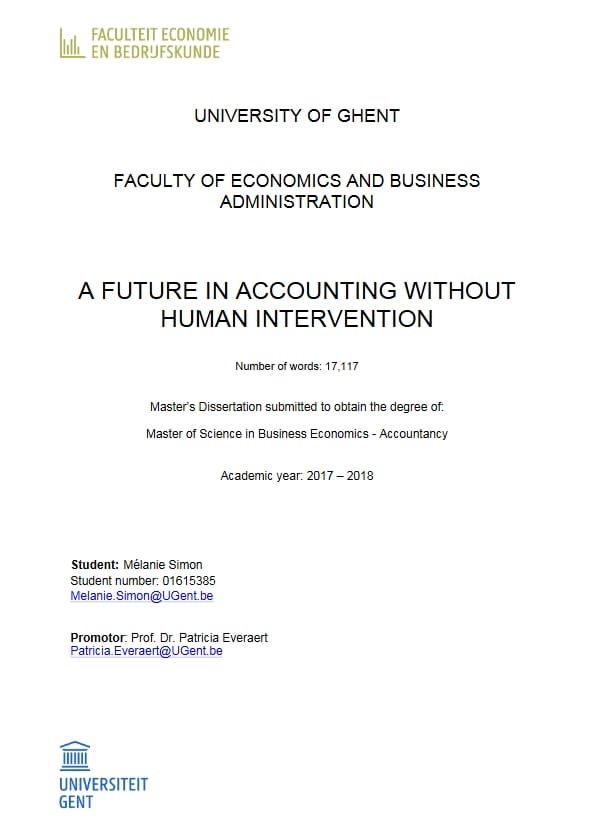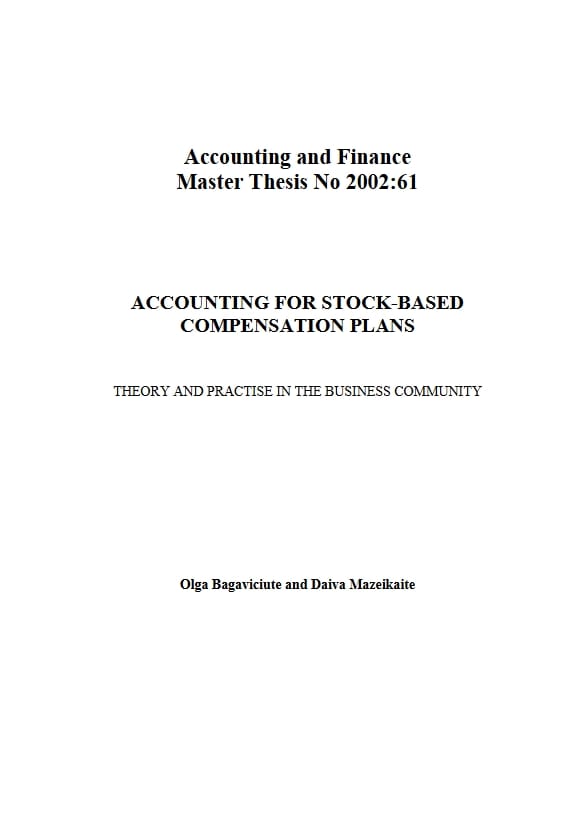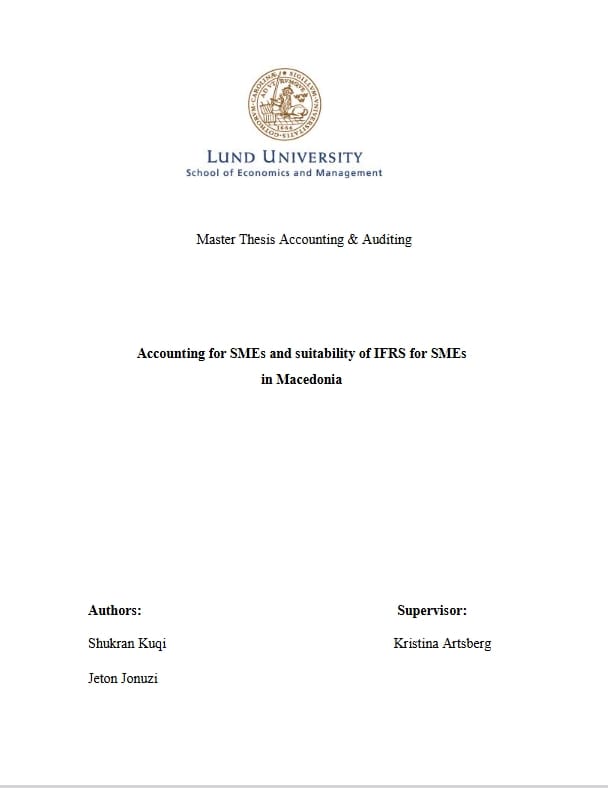ABSTRACT
Principle-Based Accounting (PBA) requires accountants to use their own judgment instead of relying on a set of rules when preparing financial statements. PBA, which is debatable in terms of its reliability, has been adopted by more than a hundred countries around the world, compared to Rules-Based Accounting (RBA), which is only adopted in the U.S. accounting system.
The central aim of this study was to examine whether accountants in Ireland are ethical in making judgments under Principle-Based Accounting (PBA), based on International Accounting Standards 8, 10, 17, 37, and 38. Additionally, this research sought to discover whether other factors — such as the level of education, length of time practicing accounting, working experience, and management interference — might influence accountants’ ethical judgment.
This research involved 133 participants across Ireland. The findings show that accountants in Ireland are generally ethical in making judgments under IAS 8, 10, 17, and 38. Furthermore, the results indicate that demographic variables positively influence accountants in making ethical judgments. However, the findings also reveal that management interference does influence accountants to engage in unethical behavior.
Findings from this research may provide valuable input to accounting standard-setters to improve guidelines in the accounting standards, with the intention of making them more relevant and reliable. The accountancy body in Ireland is also encouraged to provide seminars, classes, and support to improve accountants’ understanding of specific accounting standards that often involve incomplete guidelines.
Word count: 20,830 (excluding abbreviations, bibliography, and appendices)

